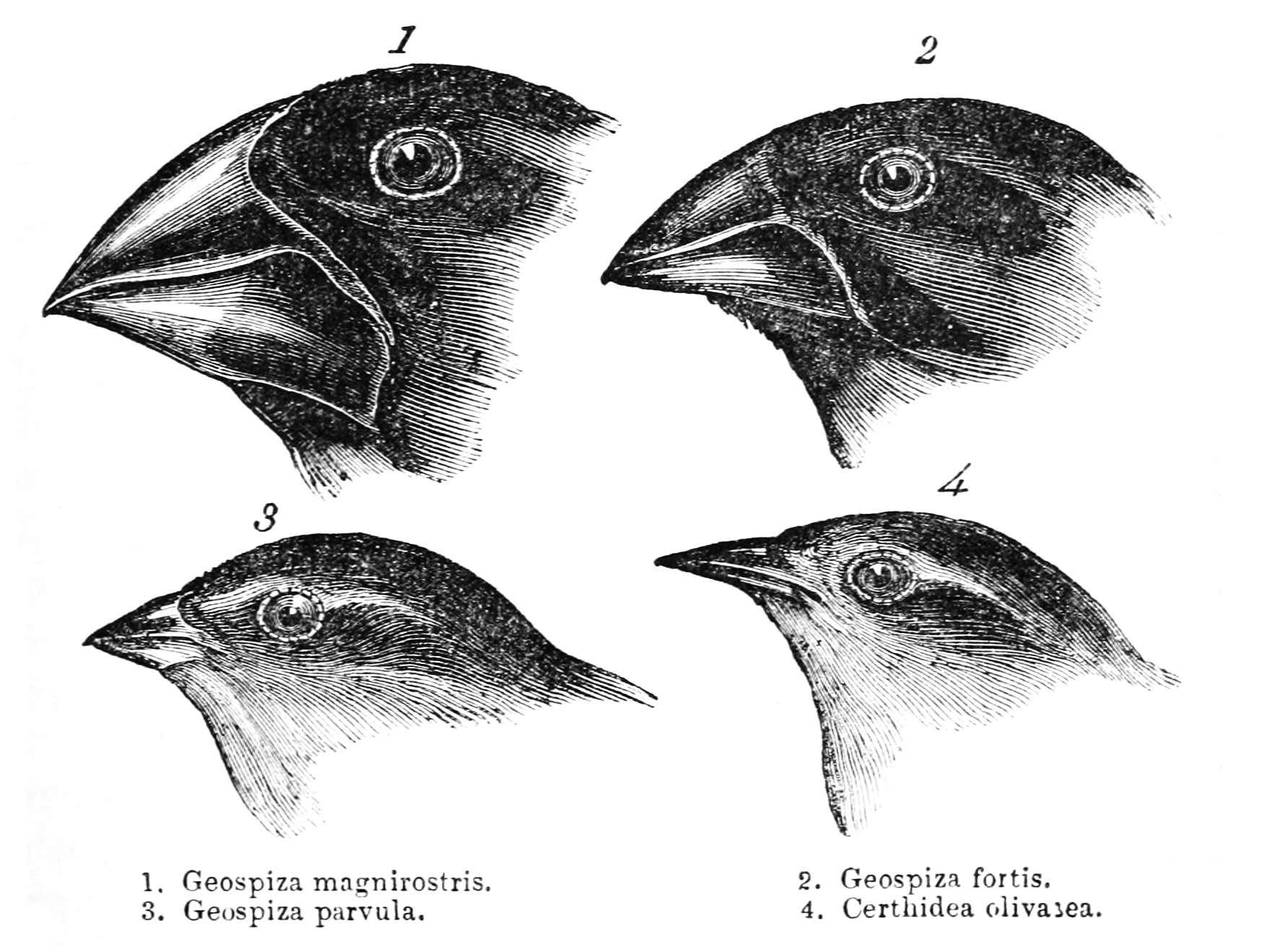Aviphile. Derived
from avis (Latin), relating to birds and philos (Greek),
loving or having an affinity for.
I am an aviphile. There is something
undeniably incredible about an animal with such diversity and ability. Birds
have provided all of us with a wealth of information about life. Interestingly,
Darwin’s consolidation of the theory of evolution by natural selection was due
to his bird discoveries.
After travelling to the Galapágos
Islands, Darwin returned to England with what he thought were many different
types of birds, collected from different islands. When he presented these
specimens to John Gould, an expert ornithologist (basically, one that studies
birds), something interesting was found. The birds that Darwin thought were
blackbirds, grosbeaks and finches were actually all different species of finch.
The distance between the islands meant that the finches could not interbreed,
meaning that the species looked distinctly different, with various sized and
shaped beaks. We still see this beautiful variation and adaptation today in
nature.
Variation in
Galapágos finch beak structure shown in Darwin’s 1845 Second Edition ‘Journal
of Researches’
Now, as a biologist, I
could go on all day about Darwinism (and I may in a future blog), but for now,
I shall introduce you to the world of bird courtship. Birds have many ways to
attract their mate. These include singing, plumage, dancing, preening and
building. These strategies can be used for attraction, mating and to mark
territory. The courtship techniques that I want to focus on the most are
physical appearance, dancing and building. Why, you ask? To put it simply, I find them the most
interesting. I will mostly focus on birds-of-paradise, as I find them
to be the most beautiful and unique birds, but I will include some
of the more common, yet still amazing, birds.
Physical appearance
When one thinks of a
bird’s appearance, they usually think of its feathers (also known as plumage)
first. The plumage can vary incredibly between species and even sex within the
species. When birds moult, they can develop either a breeding (nuptial) plumage
or a basic plumage. If you have ever noticed that some ducks have quite bright
plumage and some have plainer coloured plumage, then you may have seen them at
different times of the year. During breeding season, the male dons a stunningly
bright coat, in what is thought of as a method by which to attract his female
mate. In non-breeding season, the male duck has a relatively simple, brown
coat, no longer needing to woo his mate.
From left to right: A male
female northern shoveler duck (Anas clypeata) with basic plumage
and breeding plumage.
(sources:
http://www.oceanlight.com/stock-photo/northern-shoveler-anas-clypeata-picture-23393-658553.jpg
and
http://tucsonwildlife.files.wordpress.com/2011/02/img_6966.jpg?w=900)
Some plumage can be
very unusual and even help to make the bird look more attractive in flight, or
in some cases, while bouncing on a tree branch. This is the case for the
King-of-Saxony Bird of Paradise (Pteridophora
alberti), which has long ornamental head plumes that make his head look sort
of like the golden snitch from Harry Potter.
The King of Saxony bird-of-paradise and his beautiful head plumes
Another worthy
mention is the Wilson’s bird-of-paradise, which has bare
blue skin on the crown of its head that is so bright, it can even be seen
clearly at night. It also has a gorgeous tail that looks like curling ribbon, known as a curlicue tail.
Wilson's bird-of-paradise
Dancing
Now, plumage may look
pretty all on its own. However, it’s also a fantastic prop for a mating dance,
acting almost like a fan or a mask. A bird’s dance can be a very elaborate
process. In some cases, a bird will spend the time to clean his dancing
space. That includes removing leaves, twigs and any obstructions from the area, and cleaning the bark of
a tree. Yes, just like humans, birds take the time to tidy up their place
before a prospective lover comes over! I quite like the birds featured in the
video below, as their dance reminds me of MC Hammer in ‘You Can’t Touch This’ (WARNING: once you start watching, you won't be able to stop).
Birds-of-paradise mating dances
Building
When most of you think of birds and
building, you probably picture a bird’s nest that is used for laying and
incubating its eggs, and then raising babies. However, there are far more
elaborate and intricate dwellings that a bird can build, and they are used to
attract a mate rather than raise their young. This is the case for the bowerbird. Male bowerbirds are architects,
using twigs to build dwellings (known as bowers). Bowerbirds build two types of
bowers: the first looks like a walkway with walls on either side, and the second has a hut-like roof. To make the bower attractive, the bowerbird collects
brightly coloured objects (it has an affinity to blue), such as berries,
flowers, shells and sometimes even human objects, and places them in and around
the bower.
From left to right: a walkway style bower and a bower with a hut-like roof.
(source: http://shegoes.com.au/wp-content/uploads/2013/10/Satin-Bower-Bird-Nest.jpg and http://lifeandscience.org/keepers/files/2011/06/bowerbird-5-vogal.jpg)
There are undoubtedly many more things
that I could tell you regarding the amazing world of birds, but I think I
shall leave it there. If you want to learn more about the gorgeous
birds-of-paradise and their mating rituals, grab yourself some popcorn and a copy of David Attenborough’s
‘Attenborough in Paradise’ documentary. You won’t be disappointed.
Until next time!
~ Ness


